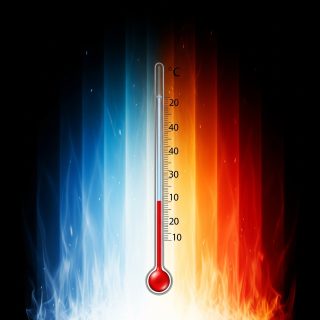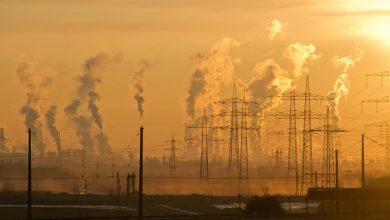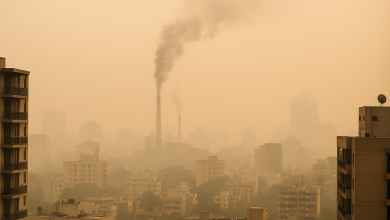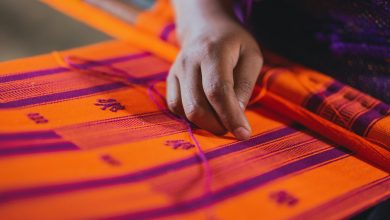Heat and Us: Understanding How Temperature Shapes Our Life
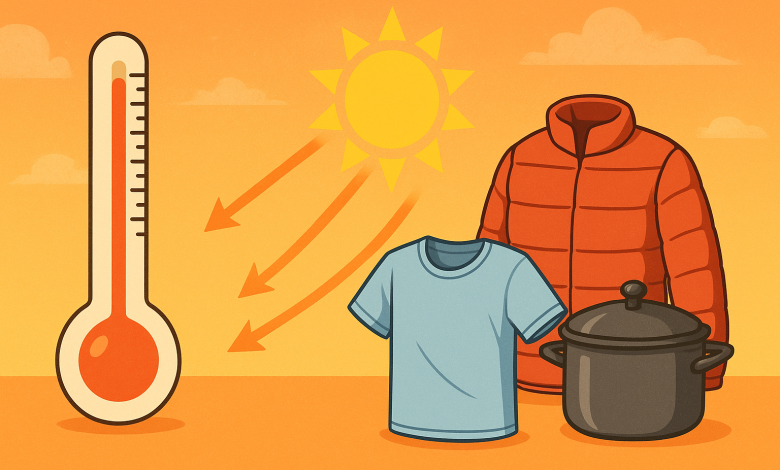
Heat is an invisible force that influences nearly everything we do, from the food we cook and the clothes we wear to the changing weather around us.
It shapes our comfort, our habits, and even how we experience the world each day.
But what exactly is heat in scientific terms? How does it differ from temperature?
And why does it naturally flow from one object to another, affecting the way we dress, live, and adapt to our environment?
Hot and Cold: Understanding Heat
What is Heat? In science, heat is a form of energy. More specifically, it is thermal energy that flows from a hotter object to a cooler one.
This energy comes from the movement of tiny particles, atoms and molecules within a substance.
The faster these particles move, the more energy they have, and the hotter the object feels.
What Do “Hot” and “Cold” Really Mean?
We often say something is “hot” or “cold” based on how it feels.
Scientifically: Hot objects have fast-moving particles with high energy.
Cold objects have slow-moving particles with low energy.
Heat energy always flows from a hot object to a cold one until both reach the same temperature
Heat vs Temperature: What’s the Difference?
While heat and temperature are closely related, they are not the same.
|
|
Heat |
Temperature |
|
Definition |
A form of energy transferred |
A measure of the average energy |
|
Symbol/Unit |
Measured in Joules (J) |
Measured in °C, °F, or Kelvin (K) |
|
Depends On |
Mass, type of material, and motion |
Only on motion of particles |
Example: A bathtub of warm water has more heat energy than a cup of boiling water, even though its temperature is lower, because there’s more water (mass) storing the heat energy.
Measuring Temperature
What Is Temperature?
Temperature is a measure of the average kinetic energy (movement) of the particles in a substance.
The higher the temperature, the faster the particles move. Higher temperatures are depicted in Red as against Blue for lower temperatures.
Common Units of Temperature
|
Unit |
Symbol |
Freezing Point of Water |
Boiling Point of Water |
Common Use |
|
Celsius |
°C |
0°C |
100°C |
Most of the world, Science |
|
Fahrenheit |
°F |
32°F |
212°F |
This is obsolete except in the United States / England. |
|
Kelvin |
K |
273K |
373K |
Scientific experiments |
Kelvin originates from absolute zero (0 K), a theoretical state where particle movement ceases entirely.
How Do We Determine Temperature?
Temperature is gauged through the use of thermometers, instruments that alter their size in response to the level of heat or coldness present.
Types of Thermometers
- Clinical Thermometer
- Measures body temperature
- Range: 35°C to 42°C
- Used by doctors and in homes
- Laboratory Thermometer
- Used in experiments
- Wider range: -10°C to 110°C or more
- More precise for scientific work
Heat can move from one object to another through three main methods:
1. Conduction
.
2. Convection
3. Radiation
●Definition: Heat transfer through electromagnetic waves, without needing any medium.
| Property | Conduction | Convection | Radiation |
| Requires Medium | Yes (solids) | Yes (liquids/gases) | No (can occur in vacuum) |
| Speed | Slow | Moderate | Fast |
| Direction | One direction | Circulatory | All directions |
| Example | Metal rod in fire | Boiling water | Sunlight warming your skin |
What we wear isn’t just about style, it’s a dance between heat and temperature.
Every fabric, color, and layer you choose silently controls how your body holds or releases warmth. Discover how your clothes shape the way you feel in every climate.


